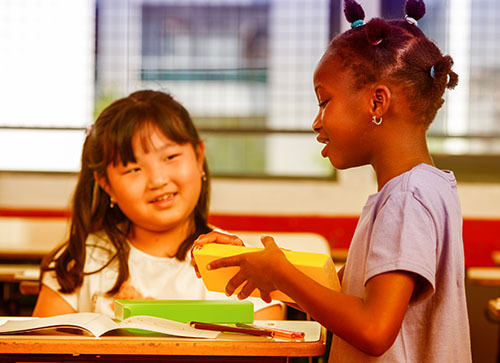
The new OECD report, Estudiantes inmigrantes en la escuela: Facilitando el viaje hacia la integración, basado en datos del programa PISA de la OCDE, finds no link between the share of immigrant students and the performance of school systems, but emphasizes that how an education system responds to immigrants has a critical impact on successful integration and on the economic and social well-being of the community. Students with an immigrant background tend to perform worse in school than students without an immigrant background, pero es la condición socioeconómica de los estudiantes que es el mayor contribuyente al problema. Las escuelas con un gran número de alumnos inmigrantes tienden a estar ubicadas en los barrios pobres. ¿Qué sistemas de educación están haciendo mejor? ¿Cómo podemos mantener a las comunidades abierto y acogedor para el reasentamiento de refugiados? ¿Cuáles son las estrategias clave escuelas podrían utilizar para fomentar el valor de la diversidad cultural?
unirse a nosotros para compartir sus respuestas en La Búsqueda Global para la Educación hoy en día son los analistas de la OCDE en la Dirección de Educación y Capacitación, Francesca Borgonovi y Mario Piacentini.
Francesco y Mario, una pieza fascinante de la obra, pero lo que los hallazgos en este informe que sorprendió a la mayoría?
Nos sorprendió al descubrir que, Contrariamente a la imagen general de los migrantes que tienen niveles muy pobres de habilidades, en muchos países los estudiantes nacidos en el extranjero tienen padres que son al menos tan educado como el padre promedio en sus comunidades de acogida. Por ejemplo, en Italia y en España, alrededor de tres cuartas partes de los estudiantes nacidos en el extranjero tienen padres que están tan educados como el promedio matriz italiana / española. Incluso en Grecia, que fue testigo de una gran afluencia de inmigrantes con poca educación en la última década, aproximadamente un tercio de los 15 años de edad que son tienen padres que son tan educados como el típico padre griego nacido en el extranjero.
Otro hallazgo interesante es que los estudiantes de familias de inmigrantes tienen expectativas de sus carreras que coinciden, y en muchos casos superan, los de los estudiantes más favorecidos socio-económico con los padres nacidos en el país. Los alumnos de origen inmigrante también muestran un mayor interés en las matemáticas, una mayor apertura hacia la resolución de problemas, y en promedio, un fuerte compromiso para hacer bien en la escuela. Estas motivaciones fuertes pueden romper el vínculo entre desventaja socioeconómica y el rendimiento en la escuela. Por ejemplo, los datos muestran que en Australia, Israel y Estados Unidos, la proporción de estudiantes escasos recursos económicos que actúan en el cuarto superior de todos los estudiantes PISA es mayor entre los inmigrantes que entre los no inmigrantes.
También es sorprendente observar las grandes diferencias en las respuestas de política a los países ponen en marcha para facilitar la integración académica y social de los estudiantes inmigrantes. Si bien es cierto que los sistemas educativos podrían haber fallado en anticipar el pico de corriente de los flujos de refugiados, la inmigración ha ido en aumento desde hace décadas en varios países. Sin embargo,, algunos países aún muestran bajos niveles de preparación para gestionar las oportunidades y retos derivados de la inmigración. Por ejemplo, una gran proporción de profesores en muchos países informan que necesitan el desarrollo de más y mejores profesionales en el área de la enseñanza en un entorno multicultural (más que 25% de los maestros en Italia). Como otro ejemplo, Está bastante claro que la enseñanza de idiomas es una de las más poderosas herramientas para reducir la brecha académica de los estudiantes nacidos en el extranjero, y en particular de los de familias desfavorecidas. Sin embargo, en la mayoría de los países para los cuales se dispone de datos, sólo una minoría de estudiantes que hablan un idioma diferente en casa se ofrecen más de dos horas de enseñanza de idiomas por semana.
Tal vez menos sorprendente, muestra el informe claramente que los problemas de integración no tocan todas las regiones, neighborhoods and schools in the same way: in all countries, the increasing ethnic diversity that results from immigration is an issue for teaching and learning much more in socio-economically disadvantaged schools than in advantaged schools. In France and Belgium, por ejemplo, encima 15% of the principals of disadvantaged schools report that ethnic differences are a very serious obstacle to learning: this percentage goes down to less than 4% in advantaged schools. After taking into account the socio-economic composition of the school, the performance differences between schools with large numbers of immigrants and schools with no immigrants virtually disappear in most countries.
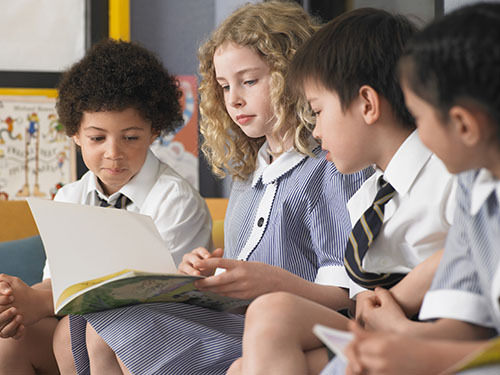
Which education systems have been most successful in terms of performance of immigrant students? Please give some examples of the successful strategies.
We tried to increase the comparability of different student groups by focusing on students from the same country of origin and similar socio-economic condition who live and study in different education systems. What we find is that, por ejemplo, Arabic speaking 15-year-old students have much higher results in mathematics than Arabic speaking 15-year-old students in Finland and Denmark. Al mismo tiempo, Arabic speaking 15-year-old students express a very high sense of belonging in Finland and a much lower level in Denmark. This suggests that policies and practices that help immigrant students excel academically are not necessarily effective in promoting a strong sense of integration and identification with their school community, a very important socialisation environment for teenagers. The report also illustrates that some countries, such as Germany for example, have made important progress over the years in narrowing the performance gap between students with and without an immigrant background as part of policy initiatives aimed at reducing socio-economic disparities in achievement.
The report also illustrates that those systems that have witnessed improved outcomes, and/or where immigrant students excel academically and are well-integrated in their school community, are not necessarily those who invest the most resources but are those who are more pro-active in trying to reduce the connection between socio-economic disadvantage and opportunities to learn – por ejemplo, delaying the age of tracking into different study programmes or providing subsidies for all-day schools. Structured language instruction programmes are also essential to help immigrant students and their families reap the full benefits of education opportunities.
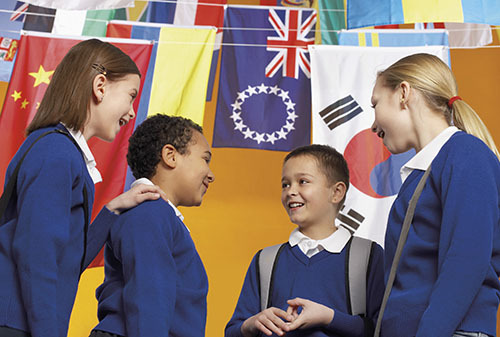
Based on recent world events, what recommendations would you offer to counter the refugee backlash and keep communities open and welcoming to refugee resettlement?
Education systems can play an important role by helping communities understand the value of diversity and giving individuals the cognitive, social and emotional tools they need to relate to and interact with others.
Reducing the concentration of disadvantage is crucial: while it is virtually impossible for any teacher and any school, no matter how good and dedicated they are, to provide effective instruction in the presence of a student population composed of 80% of students who have limited language skills, have experienced traumatic events and live in precarious living conditions, this is feasible if only a fraction of the students need additional support. Teachers and schools need to be provided with additional training and resources to be able to specifically tackle the challenges their students face.
Despite the considerable obstacles to success that immigrant students have to overcome, many hold high aspirations for themselves. Many aspire to be working as professionals or managers as young adults and to attend university. In the majority of countries, the educational and career expectations of immigrant students match, or even surpass, those of their peers. Many migrants have the potential to become assets for their host communities, and while providing them with the support they need is costly, the opportunity cost that is associated with the failure to provide such support is most likely to be considerably higher. What our report indicates is that providing high-quality education to migrant children is possible and that such children have the potential to become economic and social assets for the communities that host them.
It is also important that countries understand that the increase in the inflows of foreign-born students is not a short-term shock but it is part of a structural transformation that is here to stay. Así, the responses should be structural rather than short-term fixes. Possible examples are:
- Integrating stronger training modules on teaching in multicultural classes in pre-service training, and providing teachers life-long opportunities for learning how to best address diversity in the classroom.
- Increase access to pre-primary education of children in families of refugees.
- Increase availability of accelerated education programmes for children who get a refugee status after having lost several years of schooling.
Además, there is a need to act on general attitudes towards immigration, challenging widespread cultural stereotypes and misconceptions. Many young immigrants report having experienced some forms of discrimination, and many students might be left at the margin and not given the opportunities to progress in school that they deserve. Por ejemplo, we find that students with an immigrant background are much more likely to repeat grades even after accounting for their PISA performance in mathematics and reading. This suggests that perhaps the potential of these students is not fully understood by their teachers.

Please suggest some key strategies schools might use to foster the value of cultural diversity? What effective teacher education approaches have you seen?
Schools should provide opportunities for young people to learn about global developments of significance to the world and to their lives; let students engage in experiences and activities during which they learn about other cultures, and encourage reflection upon the learning outcomes from such experiences; encourage new ways of undertaking comparisons, by helping students to read differences and similarities in a non-judgemental manner and take the perspective of others; and foster the value of and embrace the diversity of peoples, languages and cultures, encouraging intercultural sensitivity, respect and appreciation.
All these formal and informal learning activities can be integrated in the formal curriculum (more easily in history and language courses), pero en general, the responsibility for developing intercultural competence reaches across the explicit and the “hidden” currículo, and is (or should be) shared by all teachers. There has to be an effort at the central level to reform pedagogy, encouraging and rewarding the implementation of activities that are designed to support intercultural learning, such as role play, simulations and drama, analysis of traditional and social media, ethnographic tasks, organisation of meetings and workshops…in general all the activities that make students learn and work together on tasks about diversity.
At the central level, it is also important to review teaching material and monitor teaching practices so as to avoid any explicit or latent discrimination or devaluing of minorities/other cultures.
Sin embargo, radical change can only occur if teachers learn to better approach students from different cultures and support cultural exchanges within the classroom: reforming teacher education seems thus to us the most important strategy in the short to medium term. Successful training material on pedagogical approaches for diversity already exist; it only needs to be more widely used.

(All photos are courtesy of Cristina Muraca, Bike Rider London and Volt Collection 2/ Shutterstock.com)
Únete a mí y reconocidos a nivel mundial los líderes de opinión, incluyendo a Sir Michael Barber (Reino Unido), DR. Michael Bloquear (EE.UU.), DR. Leon Botstein (EE.UU.), Profesor Clay Christensen (EE.UU.), DR. Linda Darling-Hammond (EE.UU.), DR. MadhavChavan (India), El profesor Michael Fullan (Canada), El profesor Howard Gardner (EE.UU.), El profesor Andy Hargreaves (EE.UU.), Profesor Yvonne Hellman (Países Bajos), Profesor Kristin Helstad (Noruega), Jean Hendrickson (EE.UU.), Profesor Rose Hipkins (Nueva Zelanda), Profesor Cornelia Hoogland (Canada), Honorable Jeff Johnson (Canada), Señora. Chantal Kaufmann (Bélgica), DR. EijaKauppinen (Finlandia), Secretario TapioKosunen Estado (Finlandia), Profesor Dominique Lafontaine (Bélgica), El profesor Hugh Lauder (Reino Unido), Señor Ken Macdonald (Reino Unido), Profesor Geoff Masters (Australia), Profesor Barry McGaw (Australia), Shiv Nadar (India), Profesor R. Natarajan (India), DR. PAK NG (Singapur), DR. Denise Papa (Estados Unidos), Sridhar Rajagopalan (India), DR. Diane Ravitch (EE.UU.), Richard Wilson Riley (EE.UU.), Sir Ken Robinson (Reino Unido), Profesor Pasi Sahlberg (Finlandia), El profesor Manabu Sato (Japón), Andreas Schleicher (PISA, OCDE), DR. Anthony Seldon (Reino Unido), DR. David Shaffer (EE.UU.), DR. Kirsten Immersive Are (Noruega), Canciller Stephen Spahn (EE.UU.), Yves Theze (LyceeFrancais EE.UU.), Profesor Charles Ungerleider (Canada), Profesor Tony Wagner (EE.UU.), Sir David Watson (Reino Unido), Profesor Dylan Wiliam (Reino Unido), DR. Marcos Wormald (Reino Unido), Profesor Theo Wubbels (Países Bajos), El profesor Michael Young (Reino Unido), y el profesor Zhang Minxuan (De China) a medida que exploran las cuestiones de educación cuadro grande que todas las naciones se enfrentan hoy.
La Búsqueda Global para la Educación Comunitaria Página
C. M. Rubin es el autor de dos ampliamente leído serie en línea por la que recibió un 2011 Premio Upton Sinclair, “La Búsqueda Global para la Educación” y “¿Cómo vamos a Leer?” Ella es también el autor de tres libros más vendidos, Incluido The Real Alice in Wonderland, es el editor de CMRubinWorld, y es una Fundación Disruptor Fellow.
Siga C. M. Rubin en Twitter: www.twitter.com/@cmrubinworld




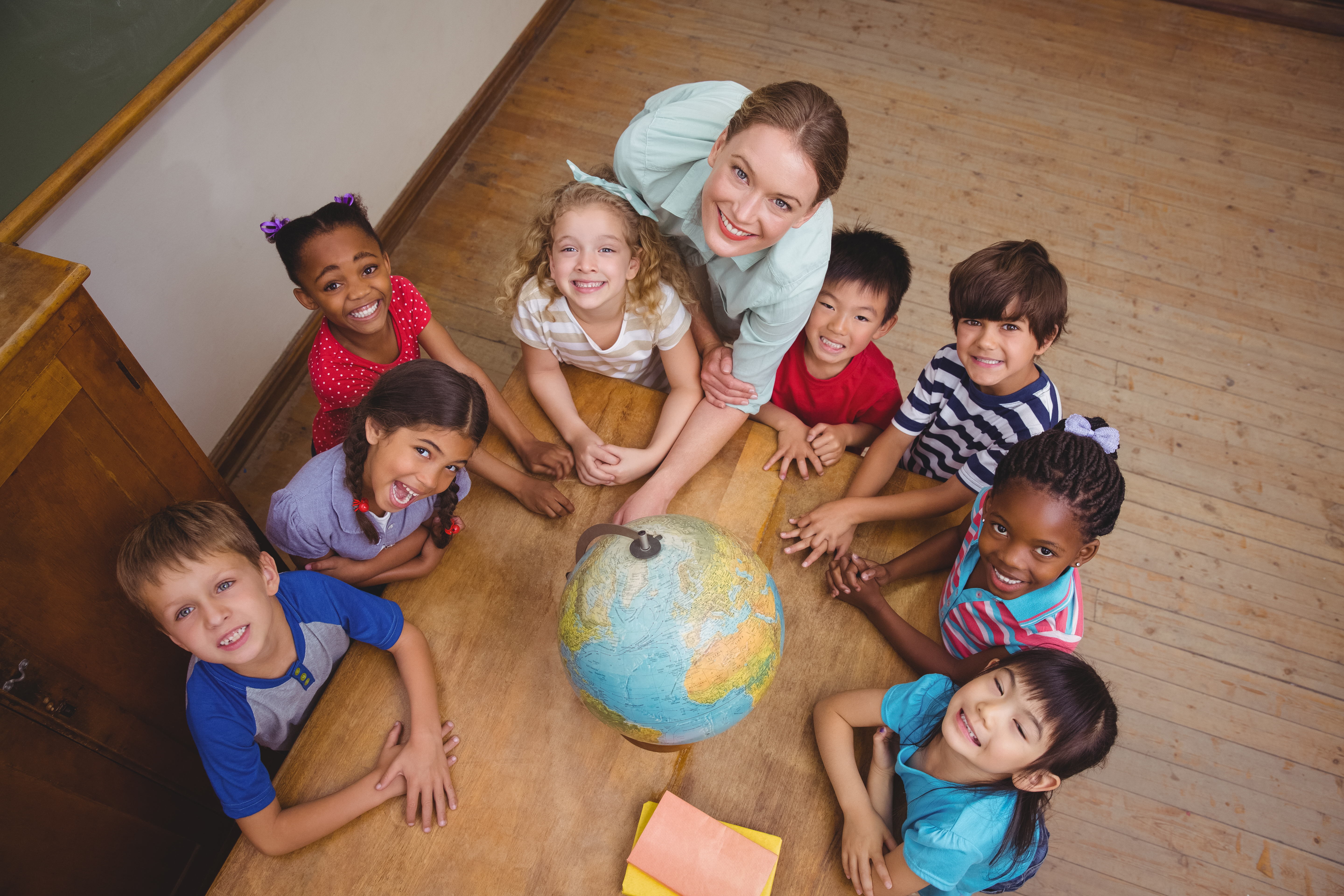
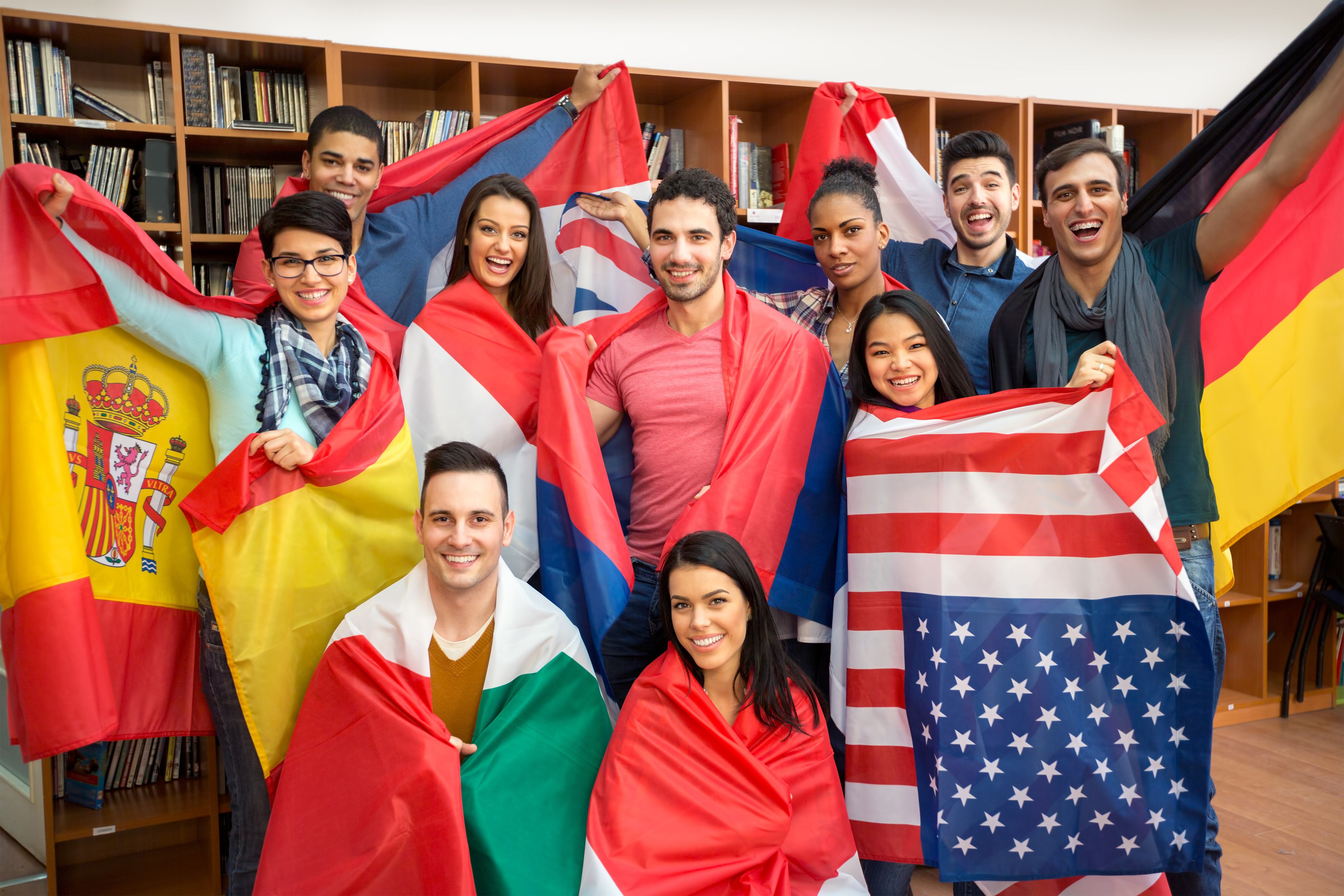
Comentarios recientes